Advertisement
Studies underway to confirm suspected benefits of early ablation
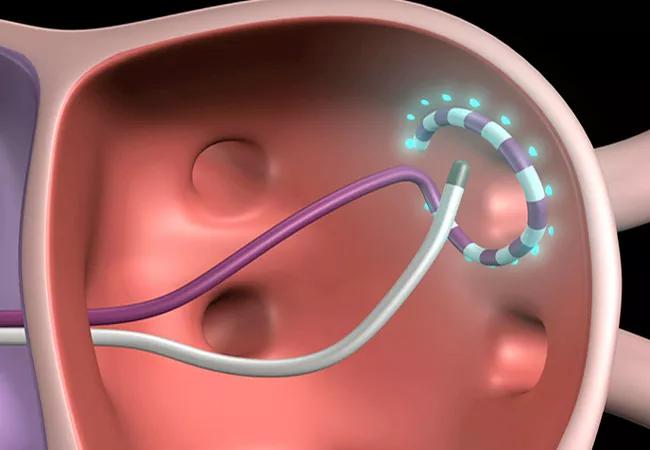
Cleveland Clinic cardiologist Oussama Wazni, MD, and his team are on a mission: They want more patients with atrial fibrillation (AF) to benefit from early catheter ablation.
Advertisement
Cleveland Clinic is a non-profit academic medical center. Advertising on our site helps support our mission. We do not endorse non-Cleveland Clinic products or services. Policy
“Increasing research suggests that the longer we wait to treat, the worse the outcomes,” Dr. Wazni says. “The sooner we intervene with atrial fibrillation, whether paroxysmal or persistent, the better it is for the patient.”
A recent expert consensus statement from the Heart Rhythm Society explicitly recommends catheter ablation only for patients with symptomatic paroxysmal AF who are refractory to or intolerant of at least one class I or class III antiarrhythmic medication.
For other categories of patients with symptomatic AF — including those with persistent AF following use of medication, or either type of AF prior to medication use — the Heart Rhythm Society deems the use of catheter ablation “reasonable,” citing a lower level of evidence for persistent AF without a trial of medication first.
But in a 2016 study involving 1,241 consecutive patients undergoing first-time catheter ablation for persistent AF after medication failure, Dr. Wazni and his Cleveland Clinic colleagues found that timing was key: The longer the interval between the first diagnosis of persistent AF and ablation, the higher the arrhythmia recurrence rates.
Longer delays to ablation were also associated with significantly higher levels of B-type natriuretic peptide and C-reactive protein as well as significantly larger left atrial size. “That was a retrospective study, not a prospective randomized trial,” Dr. Wazni notes. “Still, the implications are clear: Many markers of atrial remodeling get worse with time.”
Now Dr. Wazni is serving as a principal investigator of two separate randomized trials to fill the evidence gap on the safety and efficacy of going straight to ablation without first trying medication in AF patients.
One study, STOP AF First: Cryoballoon Catheter Ablation in an Antiarrhythmic Drug Naive Paroxysmal Atrial Fibrillation (NCT03118518), is evaluating safety and effectiveness of pulmonary vein isolation using Medtronic’s Arctic Front Advance Cardiac CryoAblation Catheter compared with medical treatment in 210 patients with paroxysmal AF not previously treated with anti-arrhythmic drugs. The multicenter trial began in June 2017 and is set to end in January 2020.
The second study, Catheter Ablation vs. Medical Therapy in Congested Hearts With AF (CATCH-AF) (NCT02686749), is a multicenter, randomized, unblinded trial comparing catheter-based AF ablation with standard-of-care medical treatment in approximately 220 patients who have heart failure as well as either paroxysmal or persistent symptomatic AF diagnosed within the prior 12 months. CATCH-AF began in June 2016 and should be completed by December 2019.
Advertisement
Patients with coexisting AF and heart failure have an especially poor prognosis. However, the CASTLE-AF trial, published earlier this year in the New England Journal of Medicine, showed a mortality benefit with ablation in this population, which Dr. Wazni sees as lending support to further exploration in CATCH-AF.
“Overall, we’re hoping to be able to change the recommendations from ‘reasonable’ to ‘recommended’ by showing that patients do much better if you ablate sooner rather than later,” he says. “But we’re not there yet, and that’s why we’re doing the studies.”
So far there are no prospective trials evaluating ablation specifically for persistent AF, but some are in the planning stages, he notes.
While results of further trials are pending, Dr. Wazni advises clinicians to “follow the guidelines as much as is reasonable. But it seems increasingly clear that ablation confers a mortality benefit. Particularly in the subset of patients with concomitant heart failure, ablation appears to be better than medication.”
Also important, he says, is to make sure patients are referred to experienced centers. “Find out the center’s complication rate, as well as the center’s or operator’s success rate,” he counsels. “Most cities have centers with good outcomes.”
Indeed, Dr. Wazni adds, patients certainly need to be told that ablation carries some risks, including perforation, injury to the esophagus, stroke during the procedure or vascular complications from the access point. “But those risks are lower in more experienced hands,” he notes. “Centers that track their outcomes should be able to give patients a realistic estimate of the risks and benefits.”
Advertisement
Advertisement
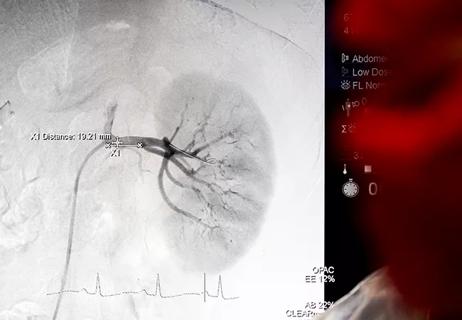
General principles for use of the long-awaited new therapy approach

ACC panel issues call to action to achieve CV health equity in an underserved population

Get a glimpse of the facilities and technologies used by the nation’s top-ranked heart program
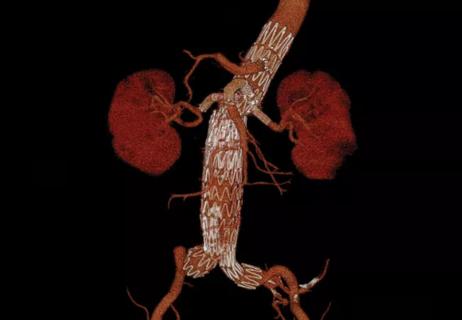
EVAR pioneer Dr. Juan Parodi surveys the past and future of a revolutionary procedure
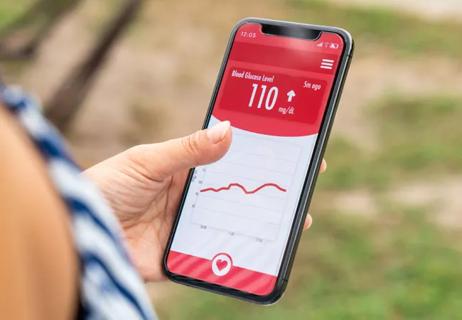
Latest systems combine continuous glucose monitoring with automatic basal insulin delivery

Common congenital lesion is not always benign
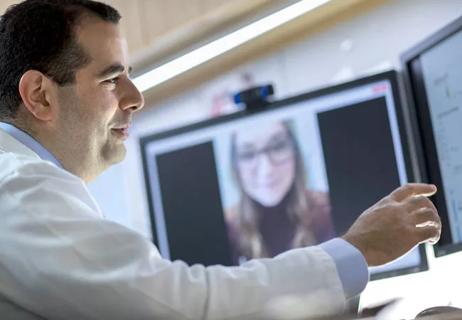
New study yields pre-pandemic insights for the post-pandemic landscape
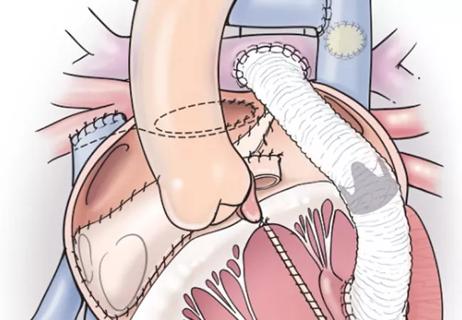
Series of five patients successfully treated with ‘ventricular switch’